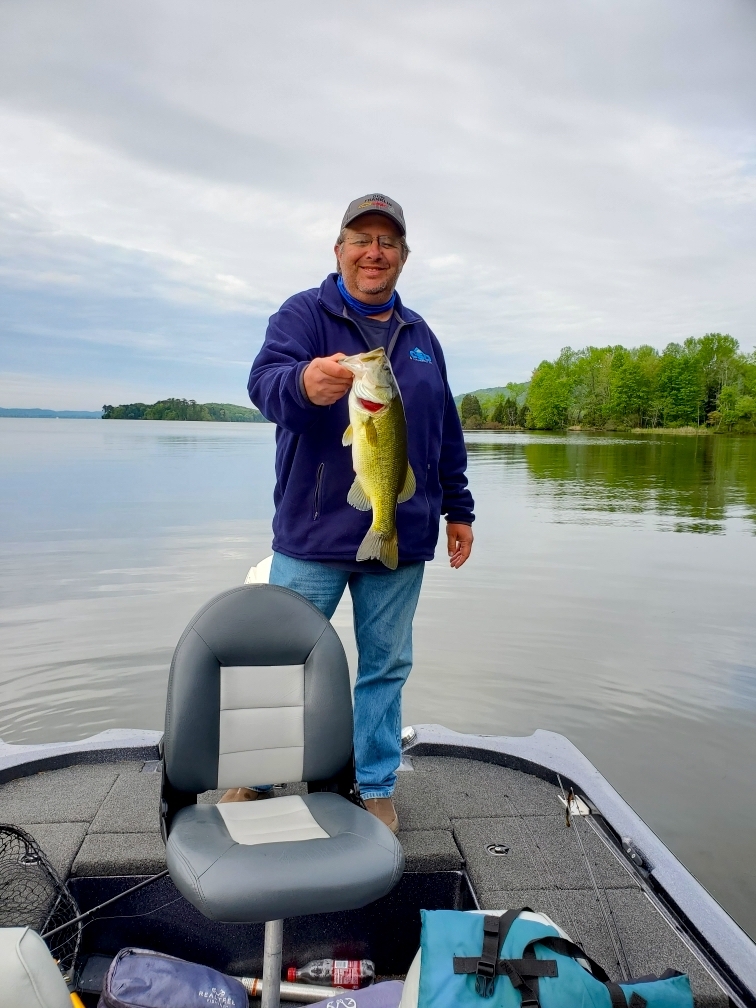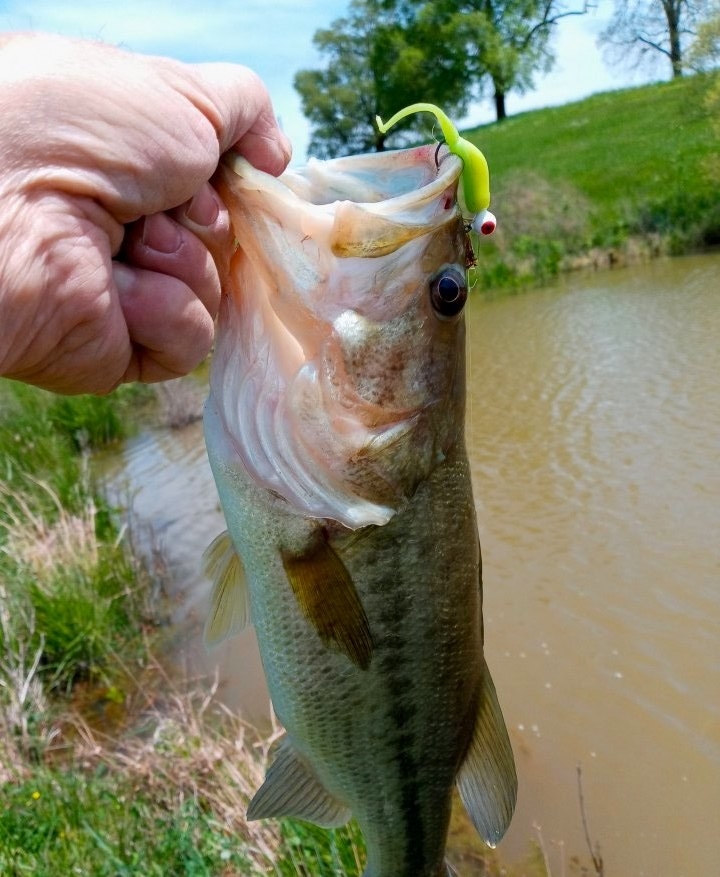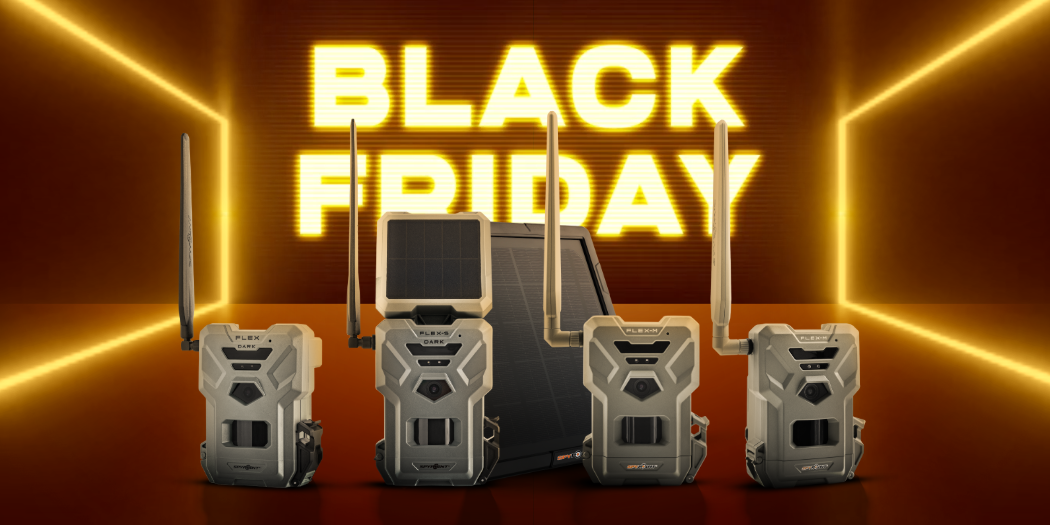
Tired of reeling in Mr. Little Lips? Use these tactics to beach that big one.
While hunting is our greatest passion, many hunters also love to fish. It’s fun, a good family activity, and helps bridge the gap between spring and fall. Those who enjoy it, tend to fish for a lifetime. Some don’t stick with it, though. Most of the time, that’s because they don’t master the art. And yes, fishing is an art. Here are some tips and tactics to use this year.
1. Beat the Front
Fishing before a storm front, or any front, is the first step in experiencing a better bite. Fish tend to increase their feeding activity just prior to a front, and oftentimes, that activity drops way off afterward.
2. Read the Water Conditions
Being able to read the water conditions is another important factor. Knowing what the water looks like, how deep it is, what temperature it is, and more, will help you understand how fish are behaving, and even where they might be located.
3. Match Bait to Water Color
On the flip side of that, it also can help you know what type or color of bait to throw. Understanding whether you need a top-, mid-, or deep-water bait is important for targeting big fish, or any fish, for that matter. Choosing the right color bait for the water color also helps maximize visibility.

The author's father, Marty Honeycutt, shows off a big Lake Guntersville bass. Credit Josh Honeycutt.
4. Recognize Cover and Structure
Those who fish on sight (in clear, shallow water), and those who use electronics (in medium and deep water), will realize just how important it is to recognize both cover and structure. Think of cover as things they hide in, such as brush piles, downed logs, grass, pads, rocks, etc. Structure is terrain, such as benches, cliffs, drop-offs, ledges, slopes, etc.
5. Fish into the Wind
No, you don’t have to worry about fish smelling your armpits. But you do have to worry about them seeing and hearing you, as well as how they naturally behave. Fishing into the wind can help with sound, and fish can hear you. So, casting downwind with the wind in your face helps prevent that from happening.
6. Understand Water Current
You see, most predatory fish, like bass, rely on the current as a food delivery service. Sometimes, they swim against the current and slurp up the slop. But most of the time, they’ll hang out around a physical object that juts out into the current, such as a log or rock, and wait for bait fish to rush past. Then, they make their move. So, when you find spots such as these — especially those at optimal depths — remember them. Fish will use these ambush locations over and over.
7. Focus on the Right Depth
Those seeking big fish should focus on the right depth. While smaller bass hang out in the shallows, the big boys and gals are likely somewhere between 5 and 15 feet. Get deeper than that, and fish probably aren’t feeding (at this time of year).
8. Throw Something Bigger
Can’t catch anything but little fish? Use a bigger bait. Sometimes, it really is just that simple. Give that big lunker a bigger piece of pie. They don’t want the crumbs.
9. Tick Them Off
Bass are fickle critters. Sometimes, you can drag it right in front of their mouth and they won’t bite. When that happens, and you know a fish is there, keep knocking on the door. After numerous failed attempts, maybe even bump them with the bait. Sometimes, you have to provoke them, especially when they aren’t biting.

Don't like fishing lakes? Ponds work, too. Credit Josh Honeycutt
10. Time the Strike
One of the biggest mistakes people make is setting the hook too early or late. Setting it at exactly the right moment becomes exponentially more important the bigger the fish gets. Know when to pierce that hawg’s lips.
Bonus: Broaden Your Horizons
Stuck in a rut? Try something new. Use new baits. Try new techniques. Fish new waters. Sometimes, that’s all you need to make some magic happen.
Catching fish of any size is fun, but it really goes to the next level when the drag starts whining and the big ones come out to play. Just like hunting, it takes some refined techniques and a little more work to consistently be working with big, mature animals, but once you get that itch it’s hard to walk away from.
Article by Josh Honeycutt



